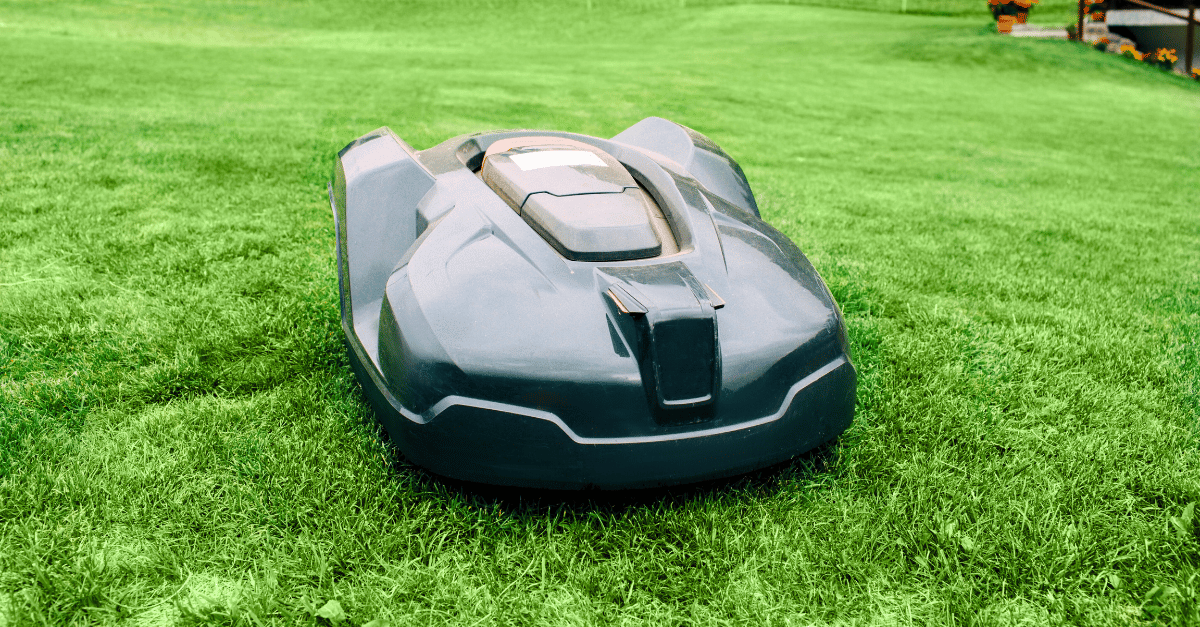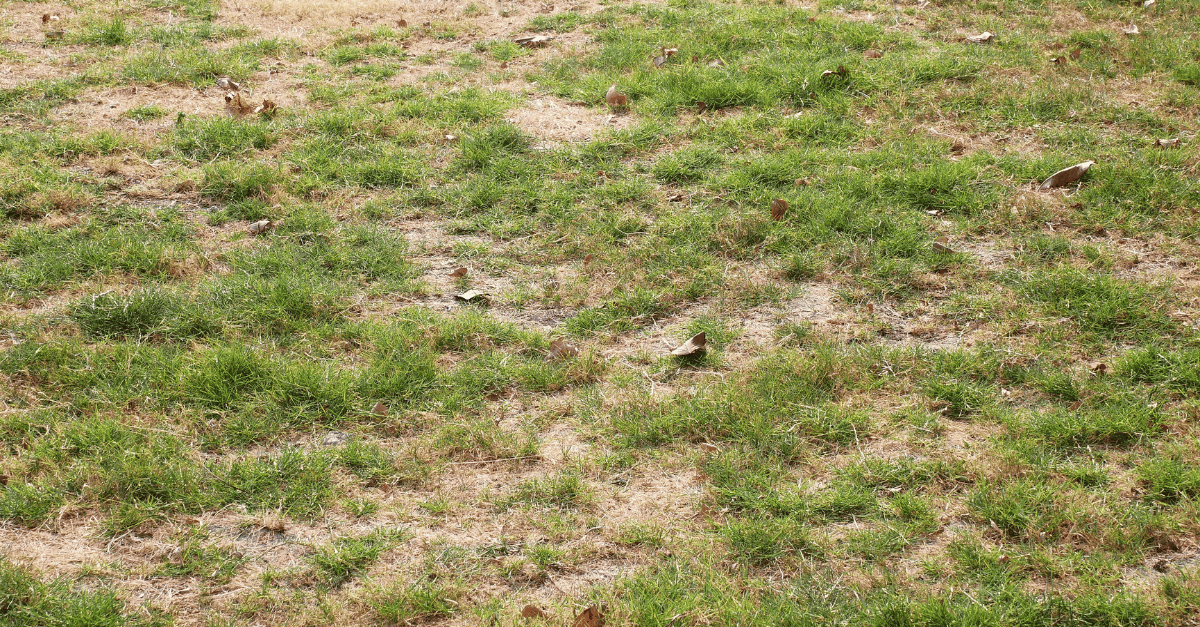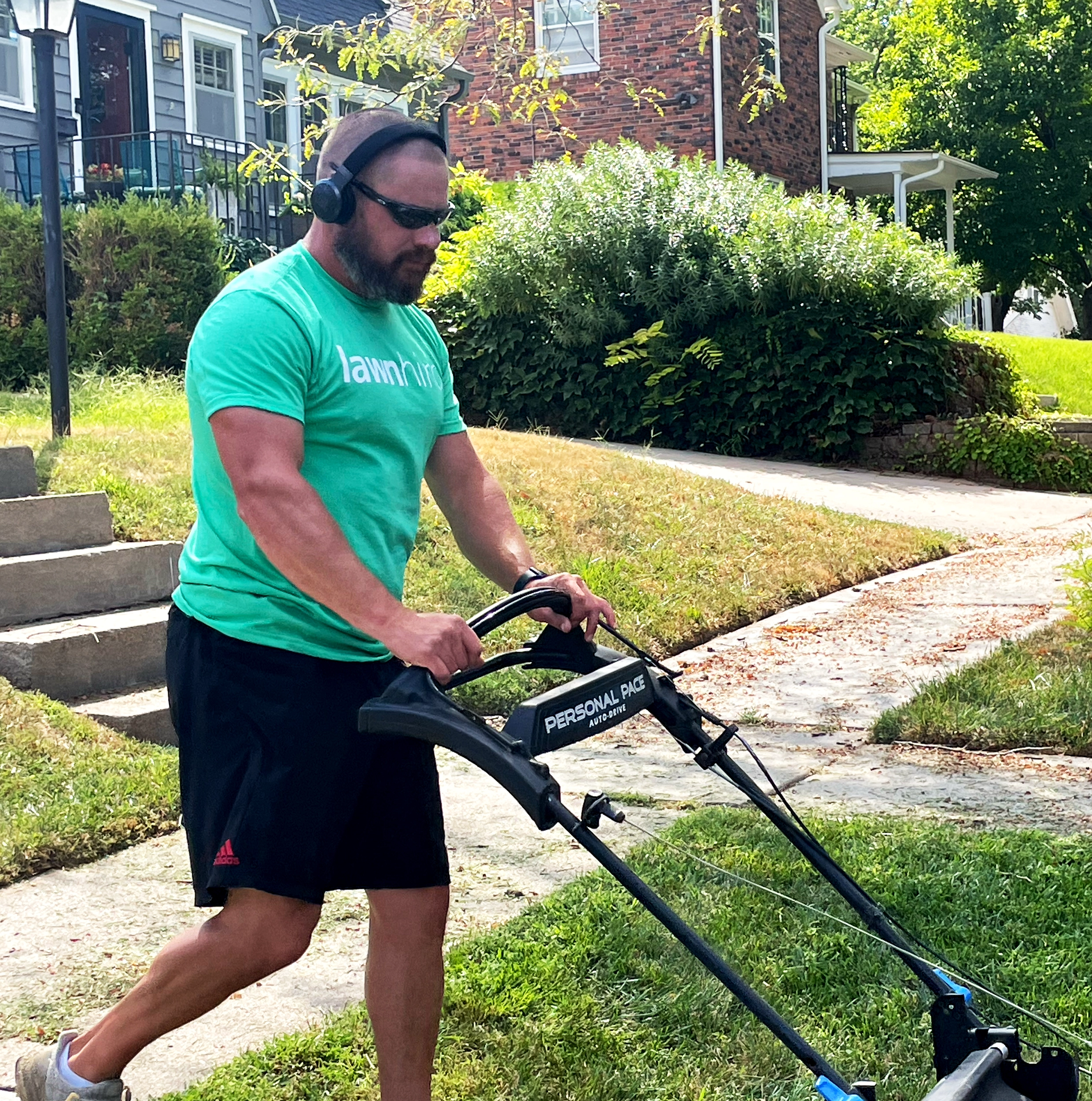
Lawn Care for First-Time Homeowners: What You Need to Know
As a first-time homeowner, taking care of a lawn may feel like a big task, but it can be very rewarding. A healthy lawn builds responsibility, creates personal space, and boosts your home’s value. With a little time and effort, you can create an outdoor space you’ll enjoy all year.
Lawn Care Tips for First-Time Homeowners
Regular Mowing, Watering & Fertilizing are Key
- Mowing: Keep the grass at a height suited to its type—typically between two and four inches. Mowing too short can stress the grass, making it more susceptible to weeds and pests. Mow regularly but avoid cutting more than one-third of the grass blade at a time.
- Watering: Lawns generally need about one inch of water per week, either from rainfall or supplemental watering. Water deeply to encourage deep root growth, but avoid watering too often, which can lead to shallow roots.
- Fertilizing: Choose a fertilizer suited to your grass type and apply it seasonally.
Understanding Your Lawn – Grass Types and Soil Basics
Every lawn has its own unique characteristics. Knowing the type of grass you have and understanding the soil’s health are essential first steps. Grass types vary depending on the climate, which affects the care routine.
- Warm-Season Grasses: Thrive in hotter climates and stay green during the summer
- Bermuda Grass
- Zoysia Grass
- St. Augustine Grass
- Bahia Grass
- Centipede Grass
- Cold-Season Grasses: Perform best in cooler regions and peak during spring and fall
- Kentucky Bluegrass
- Perennial Ryegrass
- Fine Fescue
- Tall Fescue
- Creeping Bentgrass
Testing your soil will also reveal essential details, such as nutrient levels and pH balance. A simple soil test kit from a local gardening store will help you determine if your soil needs amendments.
Seasonal Lawn Maintenance Guide
Each season brings specific lawn care tasks.
- Spring: Focus on aerating, overseeding, and fertilizing to jumpstart growth after winter dormancy.
- Summer: Continue regular mowing and watering to maintain health during peak growth.
- Fall: Ideal for fertilizing and aerating again, helping the grass prepare for winter.
- Winter: Consider reducing foot traffic on your lawn to prevent compaction.
Sustainable Lawn Care Practices
By adopting sustainable practices, you can protect local ecosystems and promote a healthier, more resilient lawn. Avoid over-watering to prevent runoff and conserve water. Water your lawn in the early morning to minimize evaporation. Limit chemical fertilizers and pesticides—overuse can harm beneficial organisms in your soil and pollute waterways.
Troubleshooting Common Lawn Care Issues
As a new homeowner, you may encounter common lawn issues such as brown patches, weeds, and pests. Brown spots often result from uneven watering, poor drainage, or fungal diseases. Weeds can compete with grass for nutrients and water, while pests can damage roots and grass blades.
Quick solutions include spot-watering dry areas, removing weeds by hand, and applying natural pest repellents. However, certain issues may need expert care.

Start Your Lawn Care Journey with Lawnhiro
Taking care of a lawn may seem like a lot at first, but with the right approach, you’ll soon enjoy a healthy, sustainable outdoor space. Feeling overwhelmed? Schedule on-demand service with Lawnhiro today and let us handle the mowing, leaf removal, aerating, and more!






